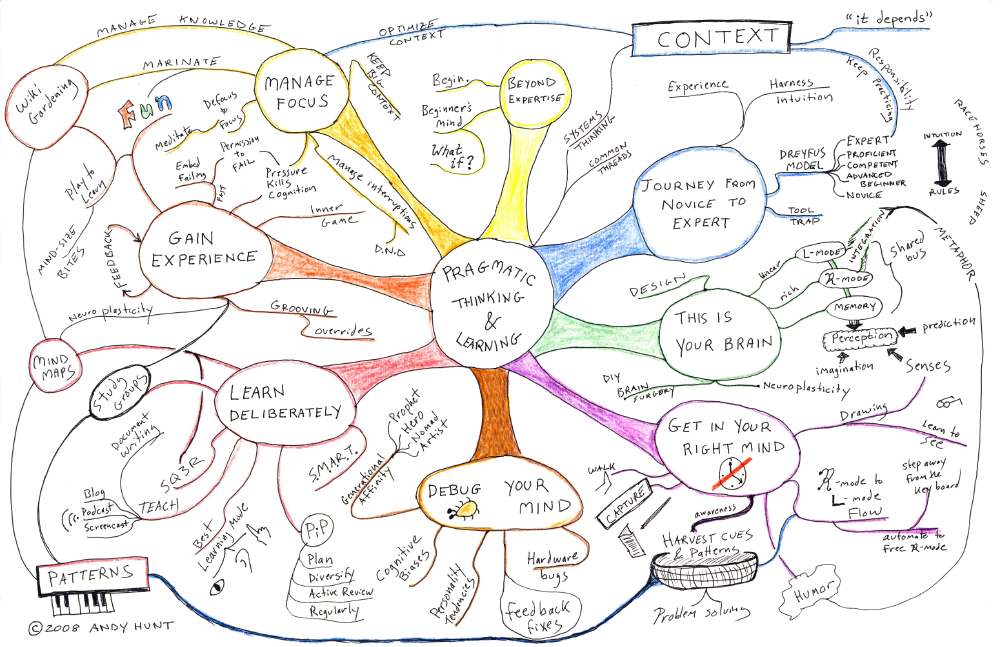Book circle at work, my own little story
If there was only one thing I wanted to take with me when I changed job in May 2011 it definitely was the book circles a colleague of mine was organizing twice a year. I simply love books and everything that come with them: knowledge, stories, smells, bookshelves, …
But as I started to set such an activity up at my new work place I realized it was much easier to just wait for an email announcing the upcoming titles, pick one up and then attend the sessions than actually make it happen.
As of today we are about to finish our second book and the third one is on the line. Time to reflect on my own little experience I suppose and share my dos and don’ts.
Work your plan
When presenting the idea to your manager you must come up with a strong case in order to justify both the time and the financial investments of the activity and you must show your manager you already have worked the why, when and how questions.
If knowledge sharing, skills development, team building activities are already in your company’s goals towards employees satisfaction things are going to be easier. If not those are three benefits from running a book circle you can for sure sell to any open minded manager.
One step at a time
In the best of world you would probably want to offer all employees in the company a large list of books to choose from and have everyone participate in the discussions. But that simply does not work out of the box.
Start small with 3 book titles and your teammates (8 persons is a pretty good number: you are pretty much sure you can run an interesting discussion even when a couple of your colleagues are home ill) and get things rolling with a couple of books, from choosing the title, ordering the books, reading them and discussing them, before targeting a bigger audience.
Take a step back
The biggest mistake I made (in my opinion) when I started up with the idea was to choose a book that I thought was a perfect match for a bunch of developers: Seven Languages in Seven Weeks: A Pragmatic Guide to Learning Programming Languages from the Pragmatic Bookshelf.
But it turned out not to be a very good choice for a first circle. It was hard to get the discussion start and flow and even though the topics looked familiar and in line with a developer’s job I must admit discussing Erlang when no one in the room has experience with the language is a challenging tasks. I will probably bring the book back in a circle in the future when everyone - including myself - feels more comfortable with the ideas behind the book circle and has a better understanding of why we are doing it for and how.

We gave up after 4 languages and had a fresh start with Pragmatic Thinking and Learning: Refactor Your Wetware (also from the Pragmatic Bookshelf). From the first session (discussing chapters 2 and 3) we could already feel it was a better choice and it only got better chapter after chapter with nice and constructive discussions going on.
Set the rules
For the first circles you need to come up with a complete solution. You need to define a couple of book titles (3 is a good number), organize a vote, order a copy of the chosen book for everyone, work the reading schedule out and book sessions accordingly. You also need to act as a moderator during the discussions and have a set of points and topics you can use to get the conversation rolling.
Once everyone is familiar with the activity you can start involving others in the logistic, in the moderator role, … In the end you should be able to run several sessions in parallel on the same or different books. That’s what I am aiming for at least.
Current setup
- Reading Pragmatic Thinking and Learning: Refactor Your Wetware, one chapter a week
- Discussion every second Friday over lunch (the company buys wraps or sandwiches)
- One hour meeting starting with lunch and chitchat (10-15 minutes) and then discussion on the chapters
- Participants (developers & manager) are adding interesting book titles to the wish list on the Wiki page I created for the activity
To be continued…